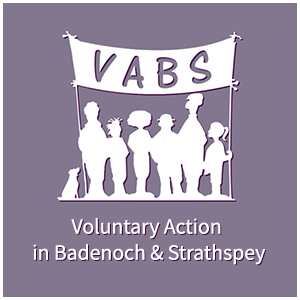Newtonmore
Newtonmore, situated above the flood plain of the River Spey, is at the heart of the Scottish Highlands set against the backdrop of the Monadhliath Mountains. Larch, pine, birch and alder woodlands, which are a feature of this rural environment, provide a glorious tapestry of colour during the autumn. The area is one of the last strongholds of the native red squirrel and is home to the elusive Scottish wildcat. The Newtonmore Wildcat Centre, on the main street, provides a fund of information on local outdoor activities.
Lying close to its neighbour Kingussie, with whom it enjoys a fierce rivalry on the shinty pitch, Newtonmore and surrounding area is popular with outdoor and field sports enthusiasts. With easy access to hills and rivers, the area is perfect for walkers, climbers, ornithologists, cyclists, anglers and pony-trekking. Outdoor highlights include the “Wildcat Trail” which is a 10km orbital walk around the edge of the village, taking in the River Spey and its tributary the Calder and local archaeological sites. In addition, nearby ‘Munros’, the Calder Falls, the scenic 18 hole Newtonmore golf course, fishing on the Spey and beautiful Glen Banchor provide something for everyone.
Popular attractions in Newtonmore are the highly acclaimed Highland Folk Museum, the Wildcat Experience, Waltzing Waters Light and Water Theatre and, for those hunting their Highland ancestry, the Clan MacPherson Museum. Numerous locations in and around Newtonmore were part of the fictional ‘Glenbogle’ which featured in the hit BBC TV series Monarch of the Glen. Visitors to Newtonmore continue to find delight in spotting sites made familiar by the series.
A healthy tourist trade is a major source of employment for the village and the community works hard to promote this aspect of village life. Residents, the Newtonmore & Vicinity Community Council and the Newtonmore Business Association are united in their recognition that over development of the built environment or further losses of amenities and services, will impact negatively on the community’s ability to encourage visitors to remain in the village for an extended period of time. All share deep concerns that the current unspoilt nature of the place, with its balance of tourism and traditional working environment, is at risk.
There is anxiety, too, over the continued movement of young people away from the area and the trend towards an aging population. This drift of younger people from the area stems from limited employment opportunities and an inability to access local housing because of high cost, lack of rental properties and increasing numbers of second homes. Keeping young people in Newtonmore is regarded as a priority, as they are vital to the sustainability of the quality of community life that characterises this traditional village.
Retention of the individual character and appeal of Newtonmore will depend on appropriate housing development. Sensitive location of small groupings of mixed size dwellings and less insistence on a standard 1.5 storey house are essential. The proposed ‘estate’-type block developments are out of character and will, ultimately, undermine the attractiveness and appeal of Newtonmore.
The residents are clear in their determination to retain and enhance the features that make Newtonmore distinct. Important amongst these are:
- Development and expansion of the award winning Folk Museum
- Refurbishment of the village hall with its fine façade
- Protection of the native wildlife
- Creation of opportunities for small businesses to thrive, including streamlining of strong communication links
- Continuation and promotion of the Newtonmore Games
- Reinforcement of the sense of strong community spirit
Links
To find out more about Newtonmore, general information and activities, visit the Newtonmore Community website or Facebook page. To see what projects the Newtonmore community are taking forward, have a look at their latest Community Action Plan
Newtonmore community groups
Newtonmore Community Council
Newtonmore Business Association
Newtonmore Community Woodland and Development Trust
Highland Third Sector Interface

VABS is part of the Highland Third Sector Interface (HTSI) funded by the Scottish Government to support Badenoch and Strathspey communities in the following four areas:
- Volunteering
- Organisational support
- Social Economy/Enterprise
- Community Engagement & Planning



